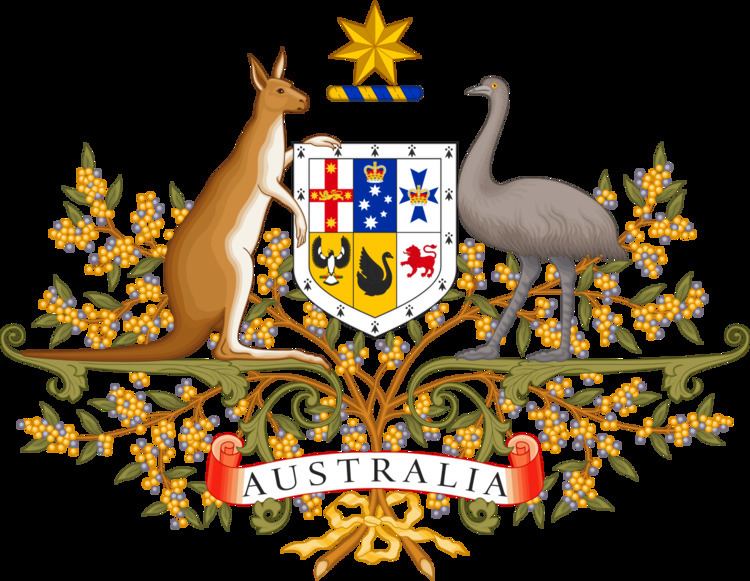Decided 11 August 1948 End date August 11, 1948 | Prior action(s) none Ruling court High Court of Australia | |
 | ||
Full case name Bank of New South Wales v The Commonwealth Subsequent action(s) Appeal to Privy Council Judge(s) sitting Latham CJ, Rich, Starke, Dixon, McTiernan and Williams JJ People also search for Commonwealth v Bank of New South Wales | ||
Bank of new south wales v commonwealth 1948 76 clr 1
Bank of New South Wales v The Commonwealth (1948) 76 CLR 1, also known as the Bank Nationalisation Case, is a notable case of the High Court of Australia.
Contents
Background
Comfortable in government after two strong election wins, the Labor government of Ben Chifley announced in 1947 its intention to nationalise private banks in Australia. It sought to achieve this goal with the passing of the Banking Act 1947 (Cth). The proposal was that shares in the private banks would be purchased by the Commonwealth Bank of Australia, which in turn would be owned by the Federal Government. The proposal was controversial, and the Bank of New South Wales as well as other banks challenged the constitutional validity of the law.
Decision
The Court hearing lasted for a record 47 days. A number of arguments were put to the Court, most of which were rejected.
However the Court declared the law invalid on two primary bases. The first of these was based upon an 'individual rights' interpretation of the operation of the constitutional freedom of interstate trade and commerce (s 92), which the Court held conferred a positive right on the banks to engage in the business of interstate banking. This particular understanding of s 92 would remain highly influential, until it was overturned in favour a 'free trade' interpretation in Cole v Whitfield.
The second basis for the Court's decision was that the mechanism used to nationalise the banks was not on "just terms" and therefore was outside Section 51(xxxi) of the Australian Constitution, the Commonwealth's constitutional power to compulsorily acquire property. The Court held that the Act's sections detailing the appointment of new directors for all private banks with the power to control, manage, direct and dispose of assets of those banks was a "circuitous device to acquire indirectly the substance of proprietary interest", per Dixon J at 348-51.
In addition, the High Court also examined the unconstitutionality of the compensation mode set up to provide shareholders with the chance to gain compensation in respect of their holdings. The Act set up a "Court of Claims" which the High Court held, at 368, to be repugnant under Section 75(iii) of the Australian Constitution, as it effectively ousted the jurisdiction of the High Court. In addition, due to its unconstitutionality, the Act provided no valid provision for compensation for the acquisition of shares or assets.
Aftermath
The Commonwealth government appealed the decision in the Privy Council, in Commonwealth v Bank of New South Wales (1949). The Privy Council affirmed the High Court's decision.
At the 1949 federal election the Chifley Government lost power, ostensibly due to the problems regarding this legislation and the Court case.
